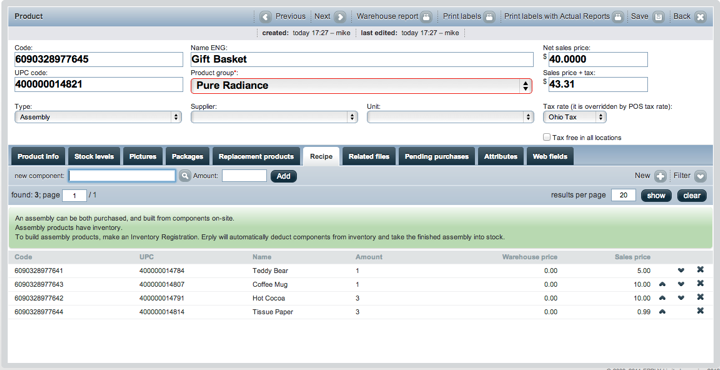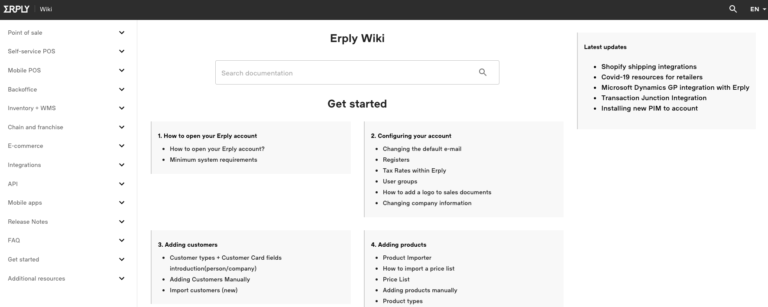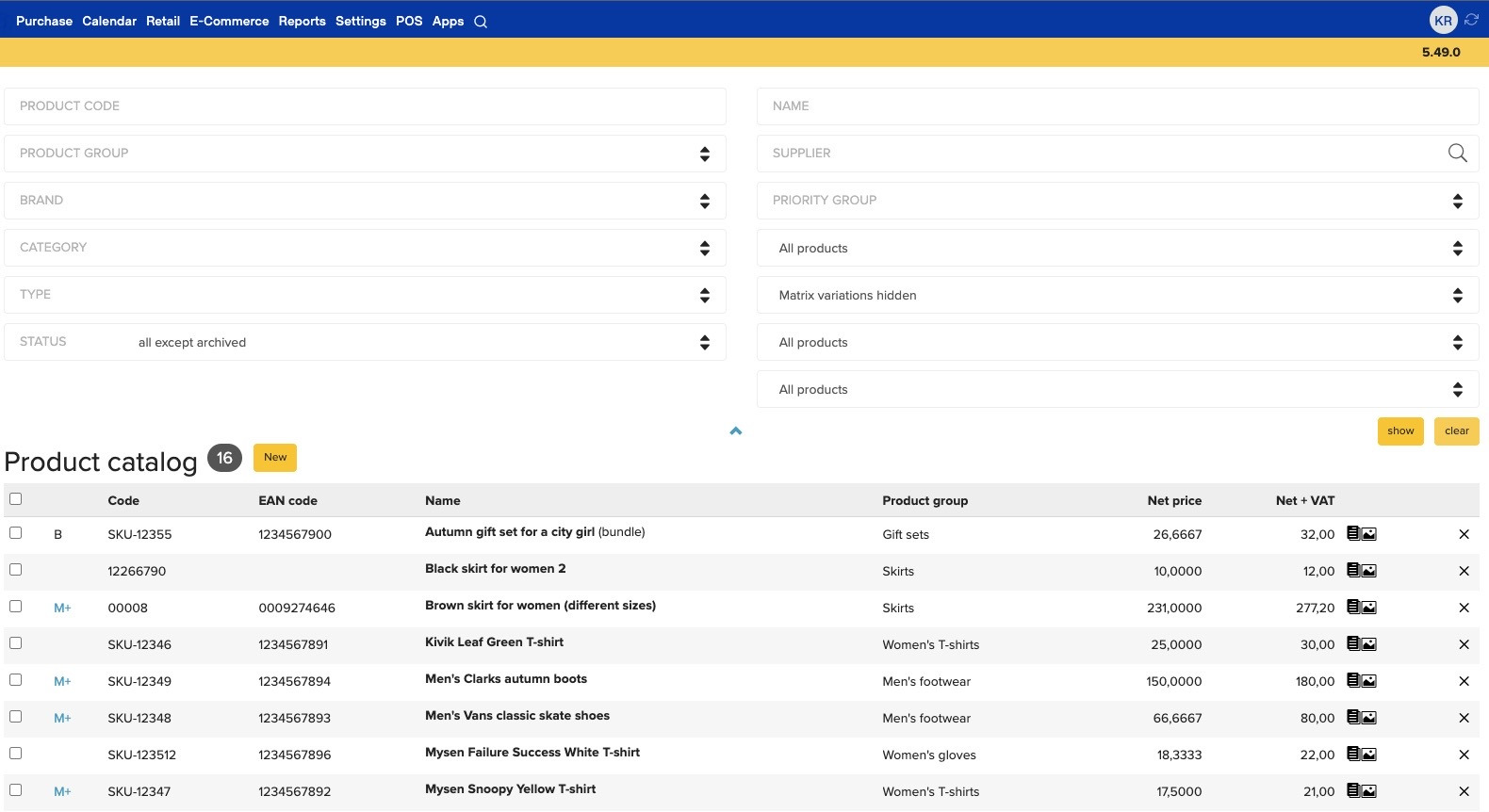Many stores seem to sell simple products, but here at ERPLY, we know better.
We know your products are meant to appear simple, but to you, they are multifaceted and complex.
You have some items with variations, some with components, some that are sold individually, but also in packages, and some that you put together yourself. On top of that, you need to track where all those components come from, what they cost, and what kind of profit you’re making on them after all that work. We get you.
We do complex inventory, simply.
Matrix products were our first foray into this field, and we have a solid feature set for your items that come in a base product with many variations in up to three dimensions.
Is that greek to you? What we mean is that if you sell shoes, in a couple materials (leather, and canvas), some colors (black, brown, green, and glitter), and all kinds of sizes, (8-16mens and 8-12 women’s), we can handle that with our matrix products. This is integrated into our system to help you manage these as linked items in both purchasing and reporting.
Then, you told us that you like to sell individuals, and then also multi-unit packages. Oh, and sometimes? You order multiples or large amounts, but sell them in small amounts or singles. You got it! We do ‘Bundles’.
You can break down your kilograms of tea into grams, or pounds to ounces (we like imperial and metric!). You can sell ‘sets’ of multiple items as one big item, or the reverse and sell a fraction of the whole. Check out how here.
We also listened when you told us that, sometimes, you don’t want to break those up or build them up on the fly, you assemble things. We heard you and we got you Assembled Products. Assembled products can be used to sell products that you have made, assembled, or bundled together into a secondary product. The components of assembled products may or may not be sold separately.
Let’s take the simple example of a Gift Basket.
For that Gift Basket, we can create components, say, a Teddy Bear, a coffee mug, some hot cocoa mix, and three pieces of tissue paper wrapping.
Some of those components can be sold separately or something like paper wrapping can be used as an “assembly item,” as an item that you do not sell, but you do want to track stock levels for. Of course, you dictate which products can or cannot be sold on their own. It’s all done through simple labeling and drop-down menus.
Start your 14-day free trial. No credit card required includes all available features.
Once you’ve set components, you can go ahead and set up the assembled product, the Gift Basket. After that Gift Basket is created, it will deduct the components from stock, forming a new product in the system.
Why is this helpful?
It helps keep all of your reporting in check, especially for your cost of goods, margins, and inventory levels. It lets you also know how many ‘assembled’ products you have as well as how many components are left. No more guessing if you have enough in stock to make a full product.
Moreover, it allows you to package your less known or less-in-demand products with your hotter items so you can get a boost in sales!
Sign Up











